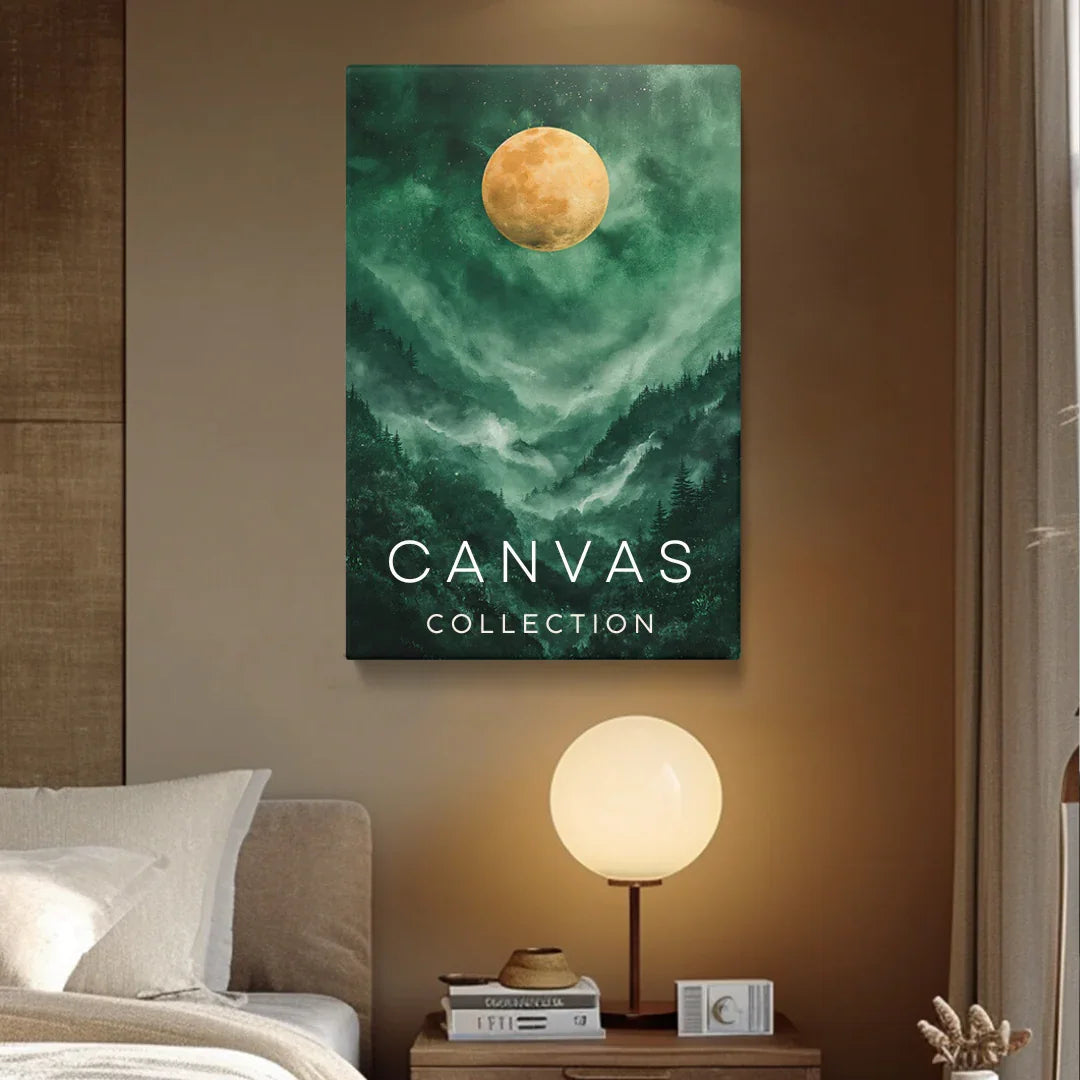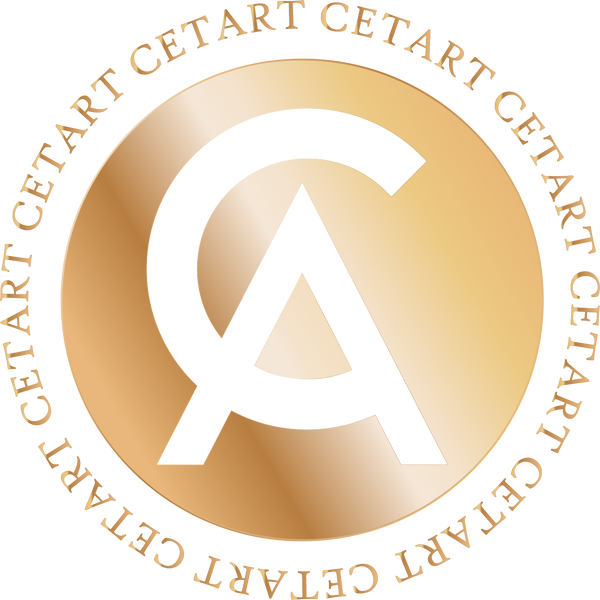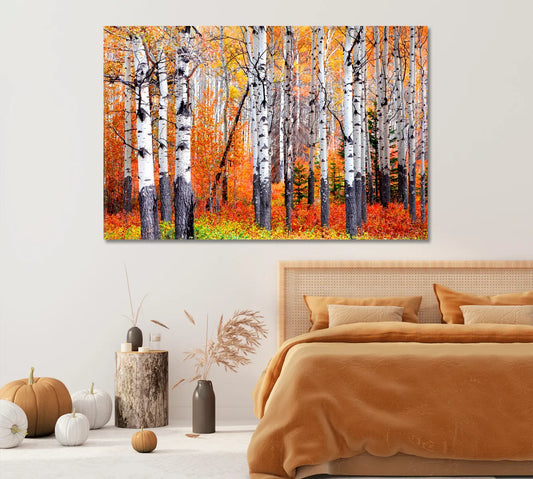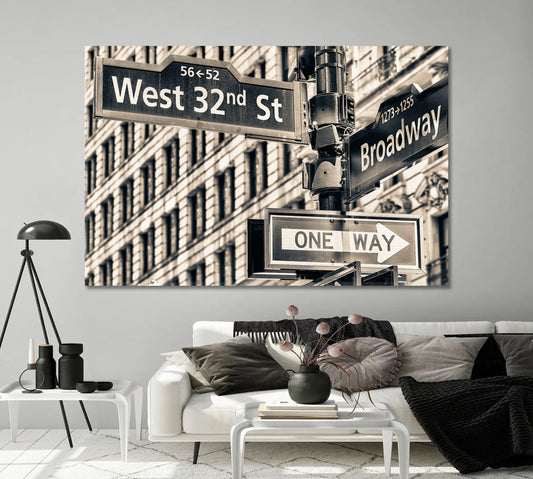
AI Art: The Synthesis of Creativity and Machine Learning
Share
In the modern era where technology intersects with art, a novel form of creativity has emerged – AI Art. This innovative artistic domain employs artificial intelligence, particularly machine learning algorithms, to create or augment artworks. At the crux of AI Art lies a dialogue between human imaginative prowess and machine precision, forging a realm where the boundaries of what is possible in art are continually expanded.
The Genesis of AI Art
The inception of AI Art dates back to the advent of computers, yet its real momentum has been gained in recent years with the advancement in machine learning and neural networks. Algorithms such as Deep Learning have become adept at analyzing vast datasets of existing art, learning patterns, styles, and techniques, which can then be used to generate new artworks. One notable milestone is the creation of DALL-E by OpenAI, which can generate images from textual descriptions.
Characteristics of AI Art
-
Generative Creativity: AI Art often falls under generative art, where the creation process is automated, and the artist defines the system or the rules within which the art is generated.
-
Style Transfer: AI can mimic the style of famous artists and apply these styles to other images, a technique known as style transfer. This enables the creation of new images that carry the stylistic signature of historic figures like Van Gogh or Picasso.
-
Augmentation of Human Creativity: While AI can generate art independently, it can also serve as a tool to augment human creativity, providing new vistas of exploration for artists.
-
Interactive Art: AI enables interactive art where the artwork can change and evolve in response to the viewer's actions or external data inputs.
-
Data-Driven: The essence of AI art lies in data. The quality and diversity of data significantly impact the outcome of the AI-generated art.
Artists and AI Collaboration
Many contemporary artists are embracing AI as a tool to enhance or redefine their creative process. They collaborate with AI, using it to explore new styles, ideas, and techniques. The resultant artwork is often a blend of human intuition and machine-generated precision, creating a new narrative in the modern art discourse.
Public Reception and Ethical Considerations
The emergence of AI Art has stirred both admiration and critique within the art community. While some applaud the innovative approach and new possibilities, others question the authenticity and the notion of creativity in AI-generated art. There's also an ethical debate surrounding the originality and copyright issues, as AI can replicate styles of existing or deceased artists.

AI Art signifies a profound shift in the artistic landscape, fostering a new dialogue between man and machine. As AI continues to evolve, so will its role in art, potentially leading to unforeseen forms of expression and creative exploration. The discourse around AI Art also opens a broader conversation about the nature of creativity, originality, and the evolving role of the artist in the digital age. Through the lens of AI Art, we glimpse into a future where technology and creativity coalesce, heralding a new epoch in the ever-evolving narrative of art.








